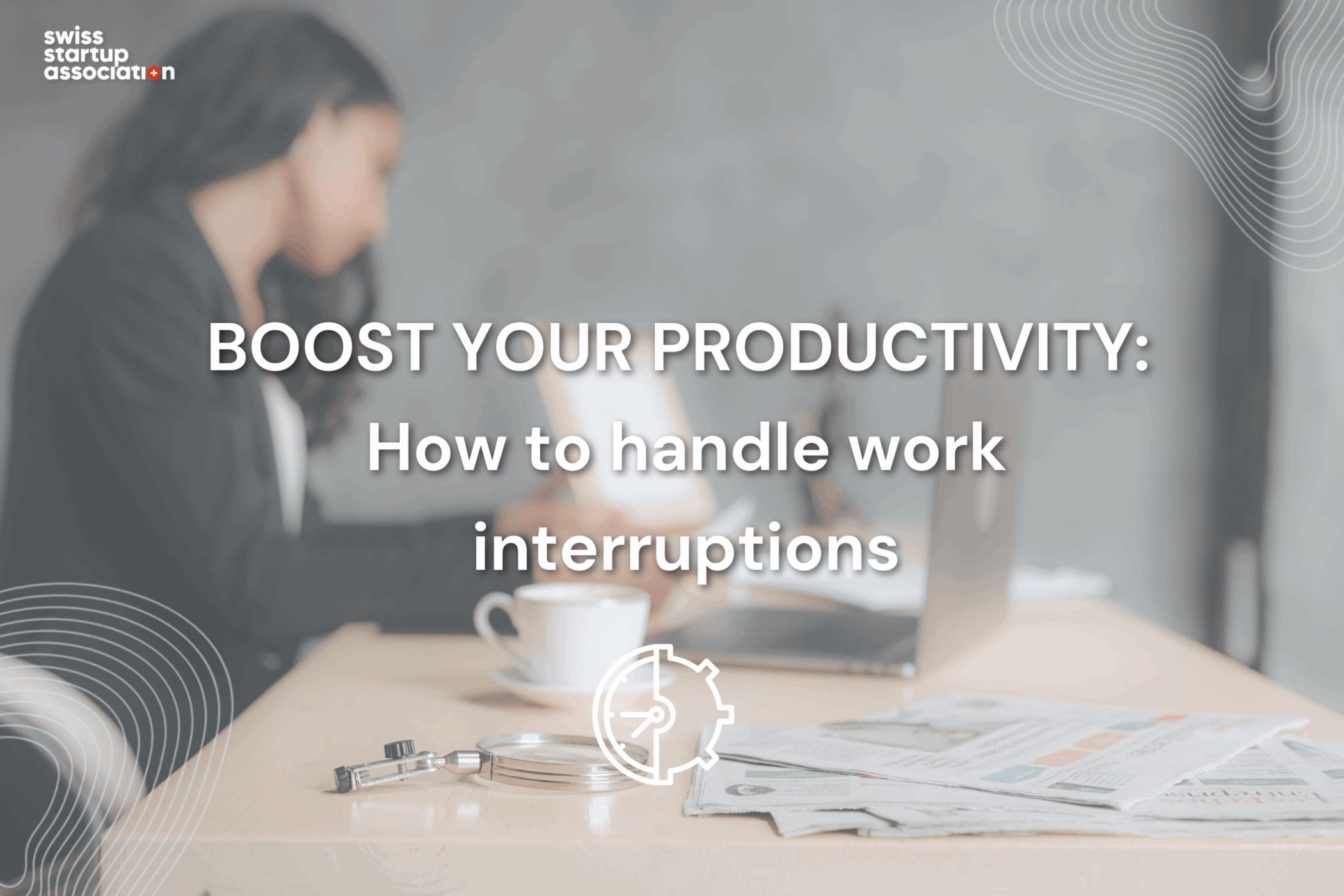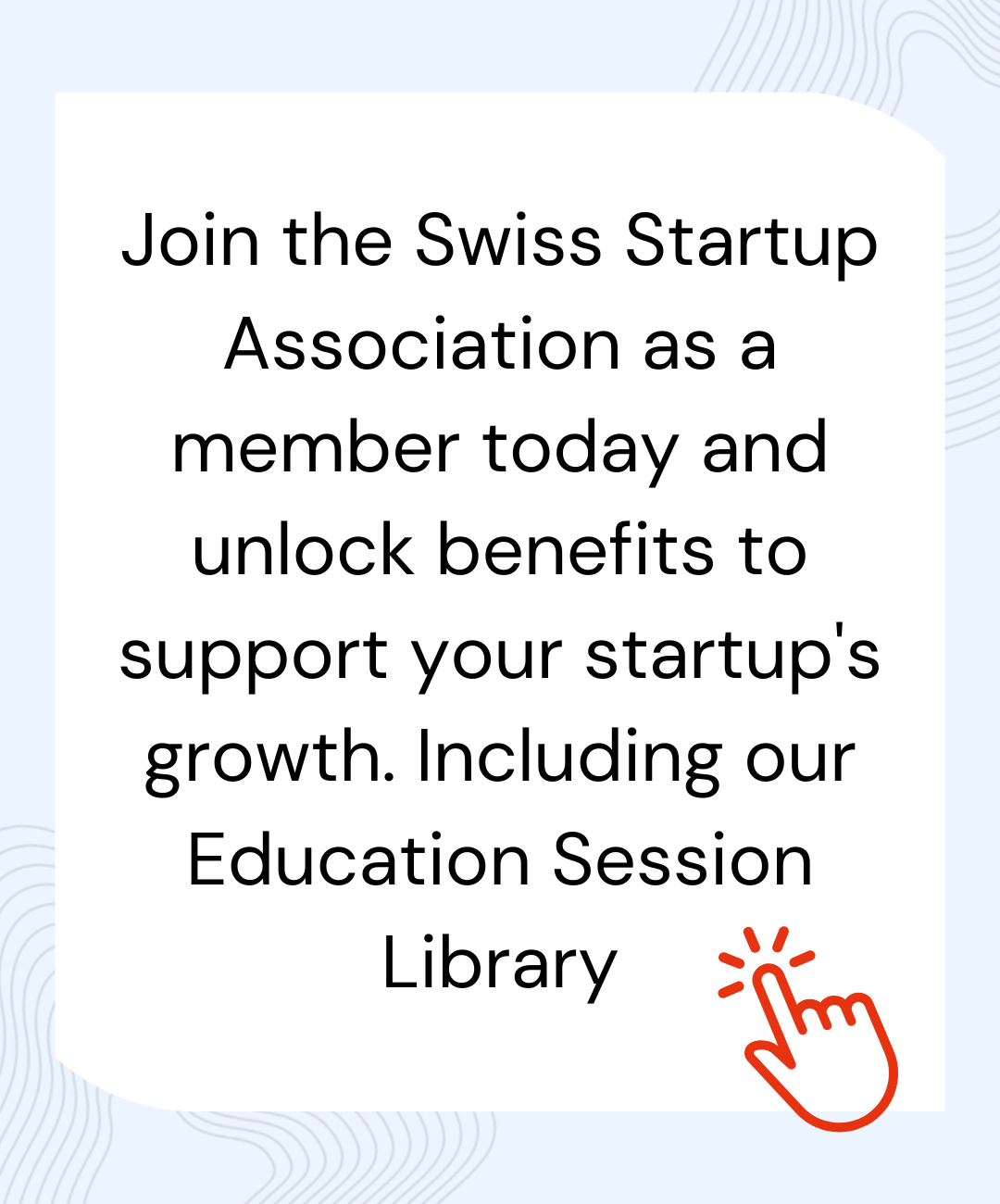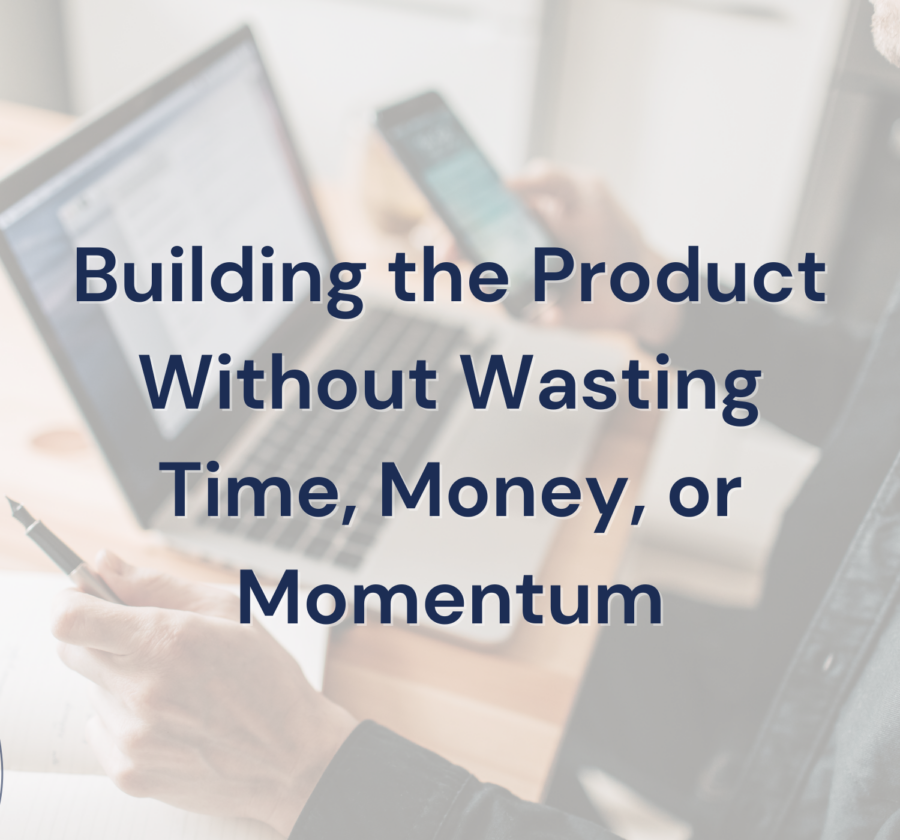
Boost your productivity: How to handle work interruptions
Distraction in the workplace is constant – notifications, conversations, devices, and even colleagues.The noise is everywhere. In one of our webinars, Nicole Celakovsky Steiner from Helsana addressed one of the most overlooked productivity killers in the workplace – interruptions. Not just the obvious ones, but the quiet ones that break your focus and drain your energy.
The real cost of getting interrupted
We all know the feeling: you are deep in a task and you are finally in flow. Then something pulls you out – a ping, a question or a sound. It takes more than willpower to get back on track. According to a study from Swiss Health survey in 2017, it can take between 8 and 25 minutes to refocus depending on how complex the task is. The average uninterrupted work segment lasts just over 12 minutes. That means most people never truly get into a focused state. You may be working all day, but not getting real work done.
Interruptions are not always negative
Not every distraction is bad though. During repetitive or simple tasks, taking a moment to pause can refresh your focus. But when you are solving something complex or trying to think deeply, even a small interruption can cause you to lose clarity and slow down. The key is knowing the difference – when to let the break happen, and when to protect your space.
What you can do about it
Nicole shared practical strategies anyone can apply. SSome relate to personal habits which we can adopt, while others are about shaping the environment around you. All of them are about working with intention:
- Create boundaries: Block focused time in your calendar and clearly signal when you are not available. Let your team know your availability.
- Limit digital noise: Turn off non-essential alerts and notifications during deep work. You do not need to be reachable every minute.
- Define urgency together: As a team, agree on what truly counts as urgent and when it’s appropriate to interrupt.
- Set clear expectations: Clarify when interruptions are acceptable and when they should wait until later.
- Design your space for focus: Use visual cues like signs or headphones, and make use of quiet zones when possible. Even small changes help. For example, someone eating at their desk may not mean to distract, but smells and movement can still break others’ concentration.
Don’t rely on memory – use visual and written cues
If you’re about to be interrupted, jot down a few quick words about where you left off. This simple habit helps you reconnect with your task faster and protects your focus. Your brain is not meant to remember everything. Written notes act as an external support system. Pair this with visual cues such as a red or green sign on your desk, a status update in your chat tool, or a sticky note. These reduce friction, signal availability, and help create a workplace culture that respects deep work.
During the webinar, several practical strategies for staying focused were shared. A flip sign with red and green sides can be used to signal when interruptions are allowed and when they are not. Reserving a meeting room can provide a quiet space for uninterrupted work, even if no meeting is scheduled. These simple and visible techniques help create clearer boundaries and support deeper concentration.
Final Thought
Interruptions are not just a personal problem; they are a cultural one. Teams that talk about this openly perform better. People feel less frustrated, less reactive and therefore, more in control.
Nicole’s message was not about escaping your job but about taking responsibility for how you work. You do not need to change everything overnight. All it takes to start is one small step that protects your focus.
Catch the Full Webinar Replay! Visit our Education Session Library to watch the full session and download the slides – free for all Swiss Startup Association members.
Not a member yet? Explore our membership benefits and join the community that empowers Swiss startups!
Don’t miss out on the latest news and events. Subscribe to our newsletter and stay up to date.



